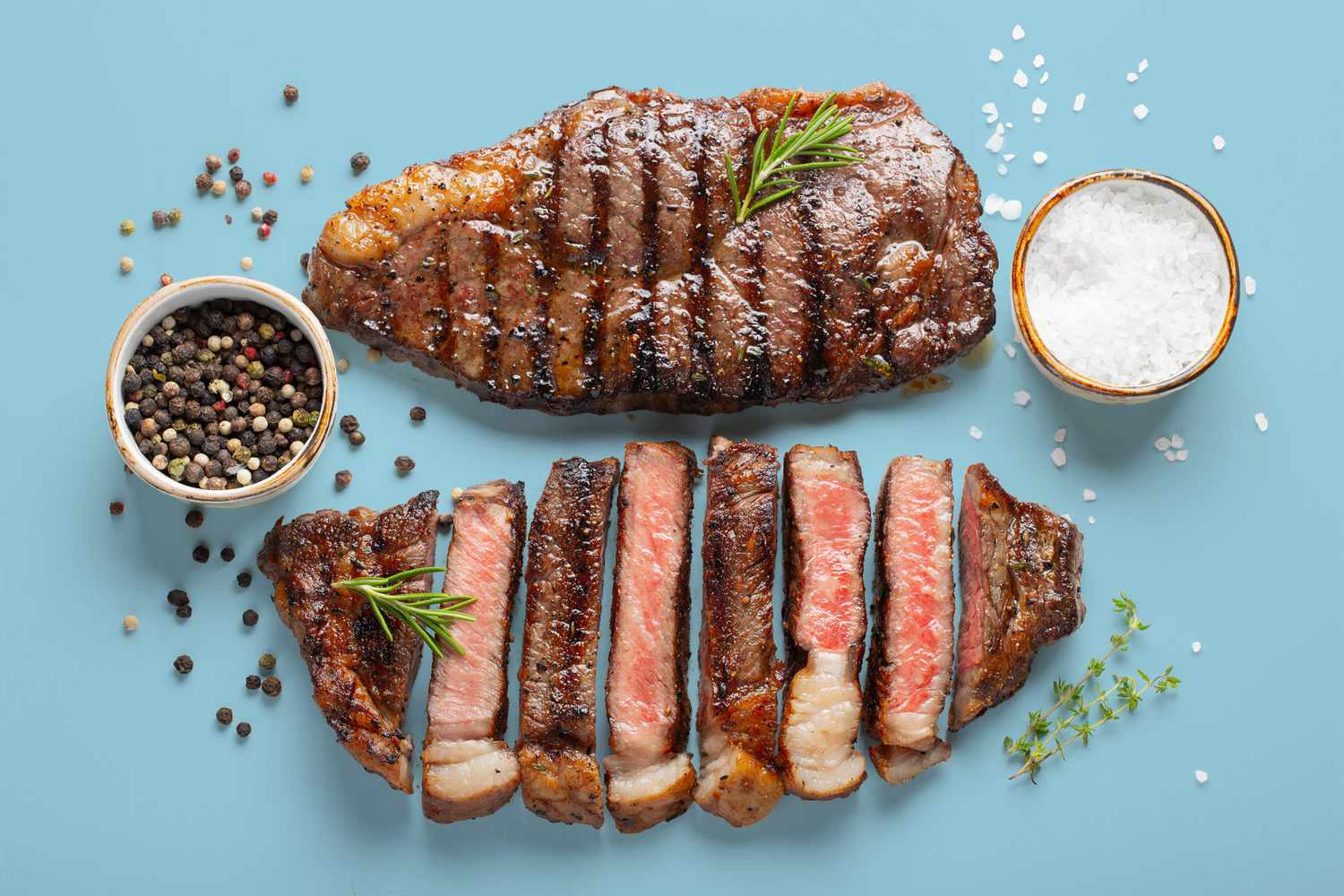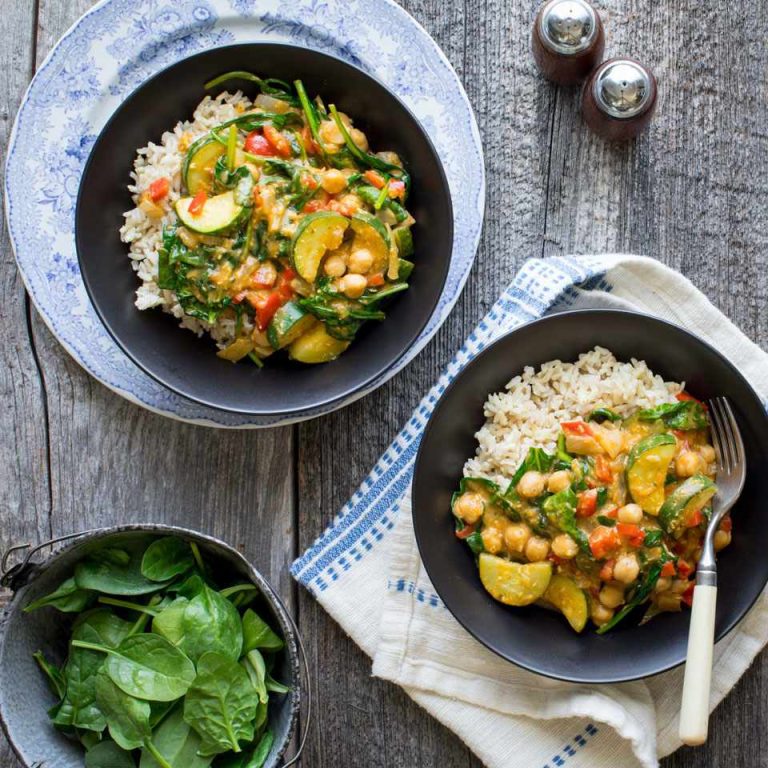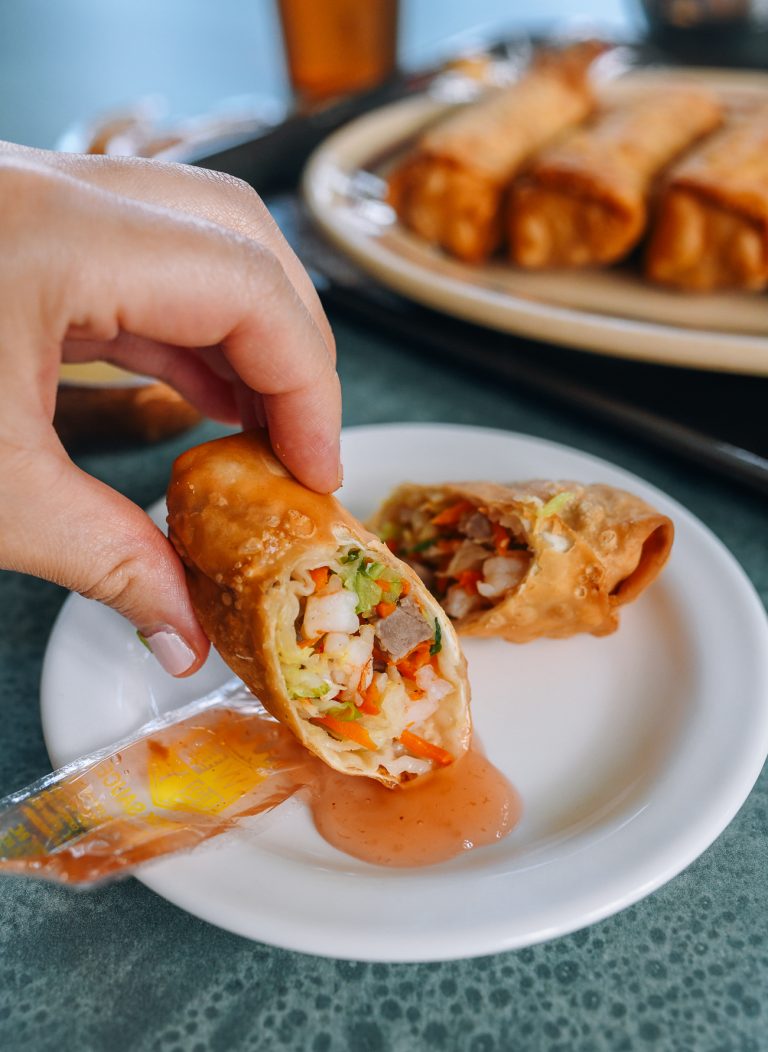BBQ Turkey: History, Prep Tips, Techniques, and Perfect Pairings
Barbecuing turkey dates back to several centuries. Indigenous people of North America originally used slow-cooking methods to prepare wild turkey. They employed open flames and smoke for preservation and flavor enhancement. European settlers later adopted these techniques, integrating them into their own culinary practices.
During the colonial era, turkey became a popular protein due to its abundance and affordability. Pit-roasting, a method involving cooking meats over an open pit, was especially prevalent. The technique evolved, giving rise to modern BBQ methods that incorporate marinades, rubs, and smoking for added flavor.
Regional Variations in the US
Regional BBQ practices have significantly influenced how turkey is prepared across the United States. In the Southern states, BBQ turkey is often smoked using hickory wood, imparting a rich, smoky flavor. Marinated in a blend of vinegar, spices, and sometimes mustard, the turkey achieves a distinct taste profile.
In Texas, BBQ turkey features robust flavors from dry rubs dominated by chili powder, paprika, and cumin. The turkey is typically cooked at lower temperatures for extended periods, resulting in tender, juicy meat.
Midwestern practices often involve brining the turkey before smoking. The brining process ensures the meat remains moist and tender. Applewood is a popular choice, adding a subtle sweetness to the turkey.
On the West Coast, BBQ turkey tends to incorporate more diverse and innovative flavors. Marinades may feature ingredients like citrus, herbs, and even Asian-inspired spices, reflecting the region’s culinary diversity.
Each regional variation brings unique flavors and techniques to BBQ turkey, showcasing its versatility and appeal across different American culinary traditions.
Choosing the Right Turkey
Factors to Consider: Size and Quality
Selecting a turkey involves considering both size and quality. A typical recommendation is 1 to 1.5 pounds per person. For instance, a 15-pound turkey suits a gathering of about 10 to 12 people. Fresh turkeys usually provide better texture and flavor. Look for Grade A quality turkeys, ensuring they’re free of bruises and blemishes. Organic and antibiotic-free options might offer healthier choices.
Fresh vs. Frozen Turkey: Pros and Cons
Deciding between fresh and frozen depends on preference and convenience. Fresh turkeys often have superior texture and taste, though they need to be purchased closer to the cooking date. Conversely, frozen turkeys can be stored for months, making them convenient for long-term planning. Thawing a frozen turkey requires careful timing, usually taking around 24 hours per 5 pounds in the refrigerator.
Preparation Techniques
Brining and Marinating
Brining involves soaking the turkey in a saltwater solution to enhance its moisture content. Use a mixture of water, salt, and sugar. Add herbs like thyme, rosemary, and bay leaves to infuse flavors. Marinating, on the other hand, uses acidic solutions like lemon juice or vinegar, combined with oil and spices. Brine for 12 to 24 hours while marinating for at least 4 hours. Both methods ensure the turkey stays juicy during the BBQ process.
Rubs and Seasoning Suggestions
Rubs are dry spice mixtures applied to the turkey’s surface to create a flavorful crust. Common ingredients include paprika, garlic powder, and black pepper. Add brown sugar for caramelization or cayenne for heat. Season under the skin as well to ensure deeper flavor penetration. Use a mixture of rosemary, thyme, and sage to enhance traditional turkey flavors. Apply the rub at least an hour before grilling to allow the spices to permeate.
BBQ Techniques for Turkey
Grilling vs. Smoking
Grilling and smoking offer distinct approaches to BBQ turkey. Grilling cooks turkey quickly at high temperatures, usually between 350°F and 400°F. This method produces a crispy skin while keeping the meat juicy inside. Use direct heat for smaller cuts like turkey breasts or thighs, and indirect heat for whole birds.
Smoking uses low, consistent temperatures (225°F to 250°F) over several hours, infusing the turkey with a rich, smoky flavor. Hardwood varieties like hickory, apple, and cherry add unique tastes. Smoking also requires more time and patience but results in tender, flavorful meat.
Equipment and Tools Needed
For effective BBQ turkey, certain equipment is essential:
- Grill or Smoker: Choose based on your preferred cooking method. Grills suit high-temperature quick cooking, while smokers excel in long, low-temperature cooking.
- Meat Thermometer: Ensure the turkey reaches an internal temperature of 165°F to confirm it is safe to eat.
- Charcoal or Propane: Depending on your grill or smoker type, ensure a steady fuel supply.
- Wood Chips or Chunks: For smoking, different wood types provide varied flavors; soaking them in water enhances smoke production.
- Drip Pans: Catch drippings and avoid flare-ups. Also useful for basting.
- Basting Brush: Apply marinades and keep the turkey moist during cooking.
- Heat-resistant Gloves: Handle hot equipment safely without risk of burns.
By understanding these techniques and using the right equipment, you can achieve perfectly BBQ’d turkey with delicious results.
Serving and Pairing Ideas
Side Dishes that Complement BBQ Turkey
Pair BBQ turkey with flavorful, balanced side dishes. Roasted vegetables like carrots, potatoes, and Brussels sprouts bring earthy flavors that enhance the smoky taste of the turkey. A tangy coleslaw adds a crunchy texture and refreshing bite. Baked beans provide a sweet and savory component. Cornbread, with its slightly sweet and grainy texture, complements the BBQ turkey perfectly. Macaroni and cheese offers a creamy and cheesy contrast to the turkey’s smokiness. A green salad with a light vinaigrette also adds a fresh element to the meal.
Wine and Beverage Pairings
Select beverages that complement BBQ turkey’s smoky and savory flavors. A full-bodied red wine, such as Zinfandel or Syrah, pairs well with BBQ turkey. These wines have rich, bold flavors that can stand up to the smokiness and spices. For white wine lovers, a lightly oaked Chardonnay works well, offering a balance of fruit and acidity. If you prefer beer, opt for an amber ale or a hoppy IPA. These beers provide a malty sweetness or a bitter contrast that enhances the turkey’s flavor. For non-alcoholic options, consider sparkling water with a squeeze of lemon or a light, fruity iced tea.
By choosing the right side dishes and beverages, you elevate the BBQ turkey experience and create a memorable meal.
Conclusion
Mastering BBQ turkey elevates your culinary skills and adds a delightful twist to traditional dishes. By understanding the history and benefits of BBQ turkey, selecting the right bird, and perfecting preparation techniques, you can create a mouthwatering meal. Whether you choose to grill or smoke, the right equipment and methods ensure your turkey is cooked to perfection. Pairing your BBQ turkey with the right sides and beverages enhances the flavors and makes your meal unforgettable. So, fire up your grill or smoker and enjoy the savory, smoky goodness of BBQ turkey at your next gathering.






